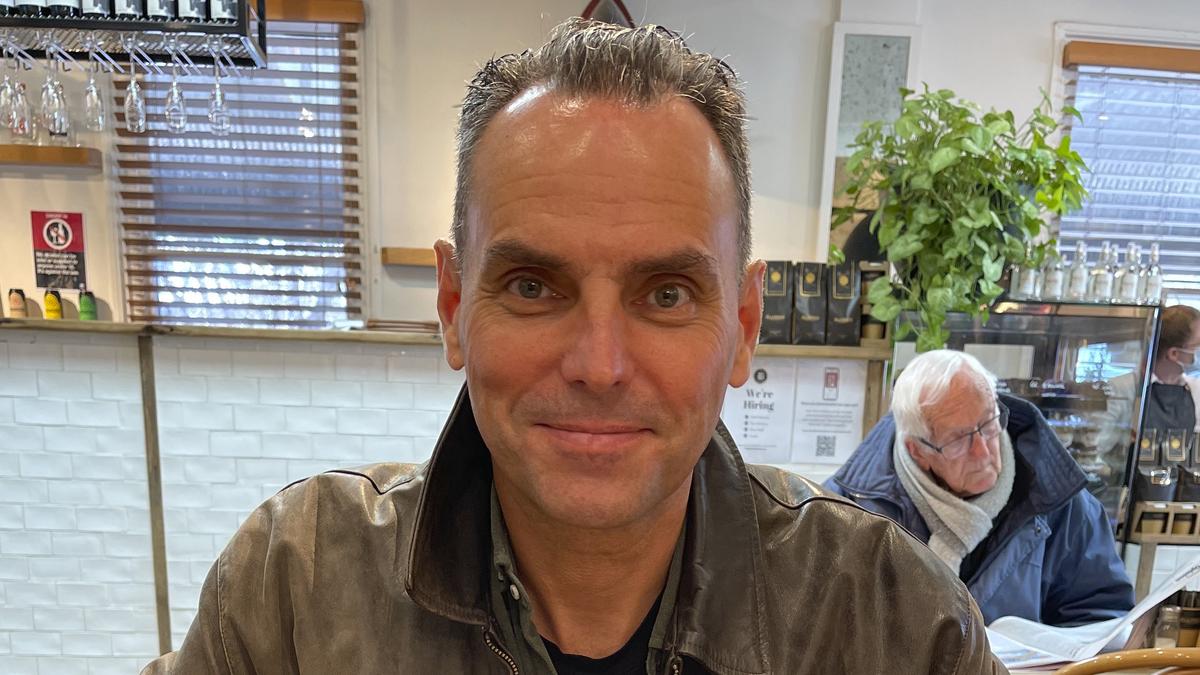Horses, motorbikes and helicopters could be a thing of the past for mustering livestock

- by Admin
- May 18, 2024
The thunder of cattle on the move is a familiar sound in the paddocks of Queensland’s vast outback — but at this muster, there’s not a motorbike, horse or helicopter in sight.
For the first time, drones piloted remotely from the Gold Coast have mustered cattle hundreds of kilometres away at a property on the Southern Downs near Upper Pilton.
Mustering livestock is an ancient practice, but drone technology is not only making it cheaper for farmers to get the job done, it can also improve their results.
Cloncurry-based drone mustering company SkyKelpie conducted the world’s first live remote muster to a crowd of graziers at the Beef Australia 2024 industry showcase this month.
“There’s never been anything like this done before,” founder Luke Chaplain said.
“We just want to build tools to empower livestock producers to modernise the way they muster.”
Emerging tech unlocking industry challenges
Mr Chaplain is a fourth-generation grazier from Malakoff Station near Cloncurry and has been pushing the limits of agricultural drone use since 2017.
“We already have over 100,000 head of livestock being mustered by customers,” he said.
“It’s case by case, but people are integrating this into their business and seeing success.”
Many graziers already use drones to muster, but they have been limited to piloting from their paddocks.
While some producers still choose to use motorbikes and helicopters in tandem with drone technology, the equipment is capable of herding livestock without any extra help.
Not just a young buck’s game
Kale Robinson, 36, has been mustering all his life and owns Eastfield Station, 88km north of Muttaburra.
“I didn’t think the livestock would move [because of] the sound, that it wasn’t loud enough, but there’s just something about that buzzing noise and they respond really well,” he said.
“I’ve showed a few older fellas as well and they’re enthusiastic about it — when you’ve got an older fella saying that you know you might be onto something.
“They don’t like changing their ways too much.”
Mr Chaplain said the next step — as demonstrated at Beef Australia 2024 — was the roll out of emerging technology known as docking stations for drones.
Each docking station houses a drone that has the capacity to land, recharge and take off as programmed.
“What’s really cool now is if you have connectivity on both ends – at the docking station and where the pilot is situated – you can operate that drone from anywhere in the world,” he said.
“I had a number of people come up after the demo to say they’re keen to do this, so it’s just a matter of time and working with the Civil Aviation Safety Authority (CASA).”
Mr Chaplain said the approvals that were required had limited the widespread adoption of the remote technology, be he hoped that would change.
“I’ve got an application in to get a mobile remote operation centre so that I can set up and operate a drone from a docking station from wherever I have that remote centre set up,” he said.
“The regulator has been looking to progress further on rural and remote drone operations, which we encourage.”
‘Simple’ machine a cost-saving solution
Grazier Kale Robinson said he was sceptical at first but had been impressed by the results.
“We’d tried mustering goats with helicopters, we had a plane as well. It costs a lot of money,” he said.
“What really interested me was the thermal camera — it picks up the heat signature of our stock and costs as much as a motorbike [$10,000] — for that sort of money it was worth a try.”
That was six months ago.
“It’s integral to my operation and just a game changer. For the cost, I’m yet to see anything that compares,” he said.
Get our local newsletter, delivered free each Tuesday
The Latest News
-
December 24, 2024‘Novak Djokovic will only care about the Australian Open and Wimbledon’
-
December 24, 2024PNG-Australia NRL Deal: K1.7 billion economic boost and 10,300 jobs expected
-
December 24, 2024Christmas Day Tennis: 5 times Australian Open was held over December 25th
-
December 24, 2024Australian football team set to play Nantwich during UK tour
-
December 24, 2024Australian teenager to become youngest Test batting debutant in 71 years





